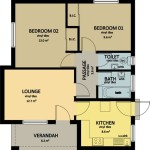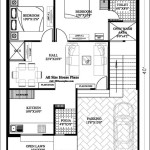Seating Plan For Senate And House Of Representatives: A Comprehensive Guide
The seating arrangements in the United States Senate and House of Representatives are carefully designed to facilitate efficient legislative proceedings and reflect the respective chambers' unique roles and traditions.
Senate Seating Plan
The Senate chamber is a semi-circular room with 100 desks arranged in rows, with the presiding officer's chair (the President of the Senate) at the center. Senators are assigned desks based on their seniority, with more senior members receiving seats closer to the front.
The Democratic and Republican parties are traditionally seated on opposite sides of the chamber, with the majority party occupying the side facing the President's chair. Independent senators may choose to sit on either side or in the center.
House of Representatives Seating Plan
The House of Representatives chamber is a larger, rectangular room with 435 desks arranged in rows of 15. Representatives are assigned desks based on party affiliation, with Democrats seated on the left side of the chamber and Republicans on the right.
Within each party, members are assigned seats based on seniority, with more senior members receiving seats closer to the front. The Speaker of the House, who presides over the chamber, has a desk at the front of the room.
Significance of the Seating Plans
The seating plans in the Senate and House of Representatives serve several important functions:
- Efficient Proceedings: The arrangement of desks facilitates eye contact and easy communication among members, enabling efficient debates and votes.
- Party Cohesion: The seating by party affiliation allows members to caucus and collaborate more effectively within their respective parties.
- Reflection of Power Dynamics: The assignment of seats based on seniority reflects the hierarchical structure of both chambers.
- Historical Continuity: The seating plans have remained relatively consistent over time, maintaining a sense of tradition and institutional continuity.
Exceptions and Variations
While the seating plans generally adhere to the principles outlined above, there are occasional exceptions and variations:
- Senate: Independent senators may not always sit in the center, and sometimes choose to align themselves with one of the parties.
- House of Representatives: In some cases, cross-aisle friendships between individual members may lead to exceptions to the party-based seating.
Conclusion
The seating plans in the United States Senate and House of Representatives are carefully crafted to support the legislative process and reflect the unique characteristics of each chamber. These arrangements facilitate efficient proceedings, promote party cohesion, and embody the historical traditions of Congress.

Congress Seating Charts Hobnob Blog

Congress Seating Charts Hobnob Blog

House Of Representatives Seating Plan Parliament

Political Parties

Campaign Funding Seating Chart Sociological Images

The Senate Seating By Cale Oborne

U S Senate Seating Plans

Political Parties

House Of Representatives Practice 6th Edition Html Version Parliament

Seating Chart For United States Senate 31st Congress 1st Session 1850








